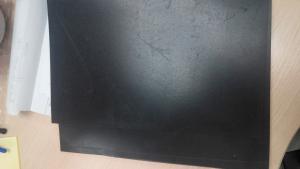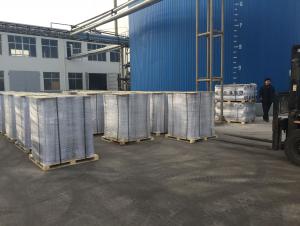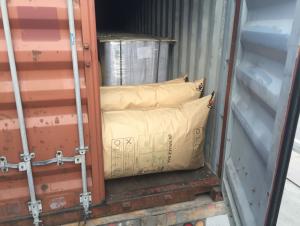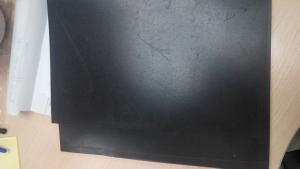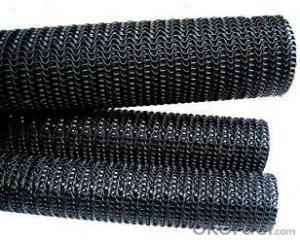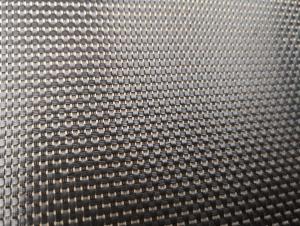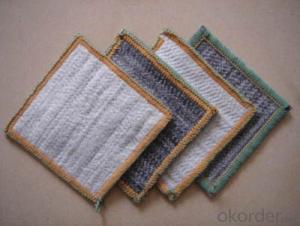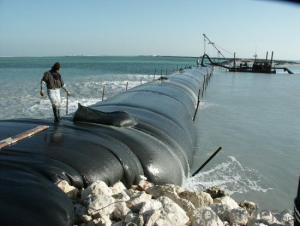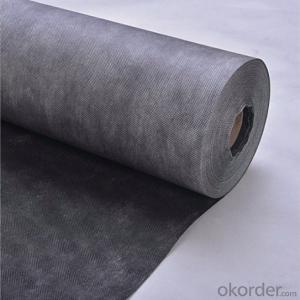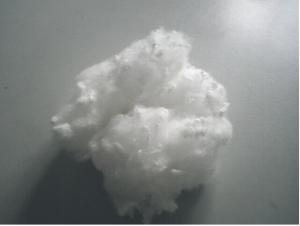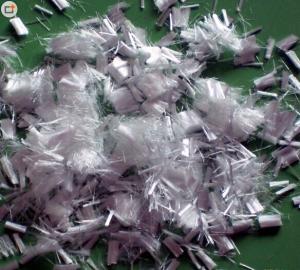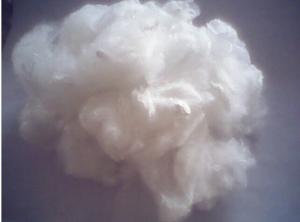EPDM Waterproof Membrane/EPDM Roof Membrane
- Loading Port:
- Qingdao
- Payment Terms:
- TT or LC
- Min Order Qty:
- 1000 m²
- Supply Capability:
- 500000 m²/month
OKorder Service Pledge
OKorder Financial Service
You Might Also Like
Product Introduction of EPDM Waterproof Membrane
EPDM waterproof membrane is of high elasticity with best performance among high polymer waterproof material it’s made of ternary ethylene-pro-pylene rubber.
We owe the world-advanced equipment of cold feeding extrusion and continuous vulcanization technology. With the best performance among high polymer waterproof materials, EPDM is of exceptional elasticity and will not split or cracked under normal building movement.
Specification of EPDM Waterproof Membrane
Type | EPDM Rubber Waterproof Membrane | ||
Type | Vulcanized and Weldable | ||
Thickness | 1.2mm | 1.5mm | 2.0mm |
Weight(kg/m2) | 1.54-1.58 | 1.79-1.83 | 2.25-2.29 |
Size | 1.2m (width) * 20m (length)/roll. Weldable type could be 4m wide. | ||
Packing | 24㎡/roll, with plastic bag. (Weldable: 80㎡/roll) | ||
Usage | Roof, basement, pond, Lake, steel structure roofing, underground, tunnel, etc | ||
Technical Data Sheet of EPDM Waterproof Membrane
NO. | Item | Unit | Technical requirement | |
1 | Tolerance on size | Thickness | % | ±10 |
Width | % | ±1 | ||
length | % | Does not allow negative | ||
2 | Fracture tensile strength (normal temperature ) | Mpa | ≥7.5 | |
Fracture tensile strength(60 ℃) | Mpa | ≥2.3 | ||
3 | Breaking elongation,(normal temperature ) | % | ≥450 | |
Breaking elongation,(-20 ℃) | % | ≥200 | ||
4 | Tearing resistance | KN/m | ≥25 | |
5 | Impermeability | * | 0.3Mpa impermeable | |
6 | Bending at low temperature | °C | ≤-40 | |
7 | Elongation and contraction volume at heating | Elongation | mm | ≤2 |
contraction | mm | ≤4 | ||
8 | Hot air aging 80°CX168h | Fracture strength retention | % | ≥80 |
Rate of elongation at break | % | ≥70 | ||
9 | Alkaline (saturated Ca(OH)2 solution normal Temperature x2 168h ) | Fracture strength retention | % | ≥80 |
Rate of elongation at break | % | ≥80 | ||
10 | Ozone aging (40 degree by 168 hours ) | Elongation 40% , 500x10-2 | * | No Crack |
11 | Phytotron aging | Fracture strength retention | % | ≥80 |
Rate of elongation at break | % | ≥70 | ||
Application of EPDM Waterproof Membrane
1)Roof, Basements, Tunnels
2)Industrial and civil building waterproofing
3)Geosynthetic liner for fish ponds, swimming pools, channels, irrigation system.
Especially suitable for projects with high requirement in durability, anti-corrosion and deformation
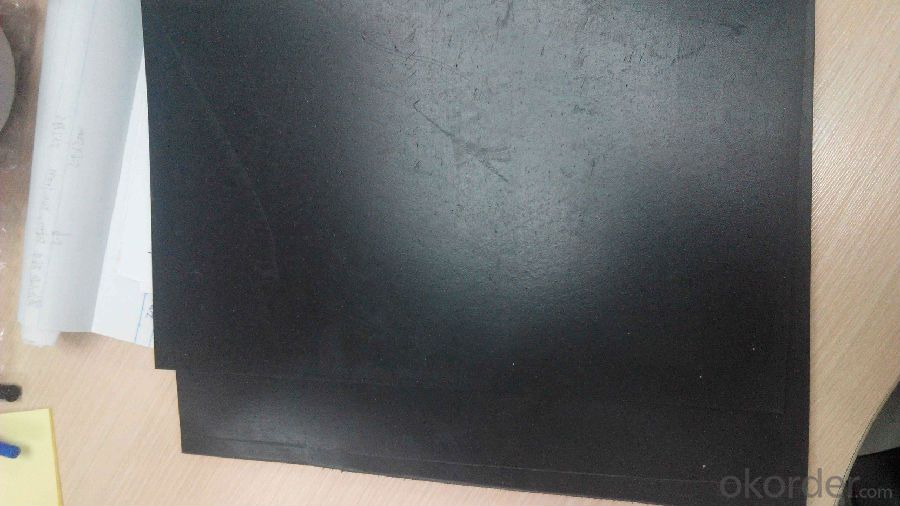
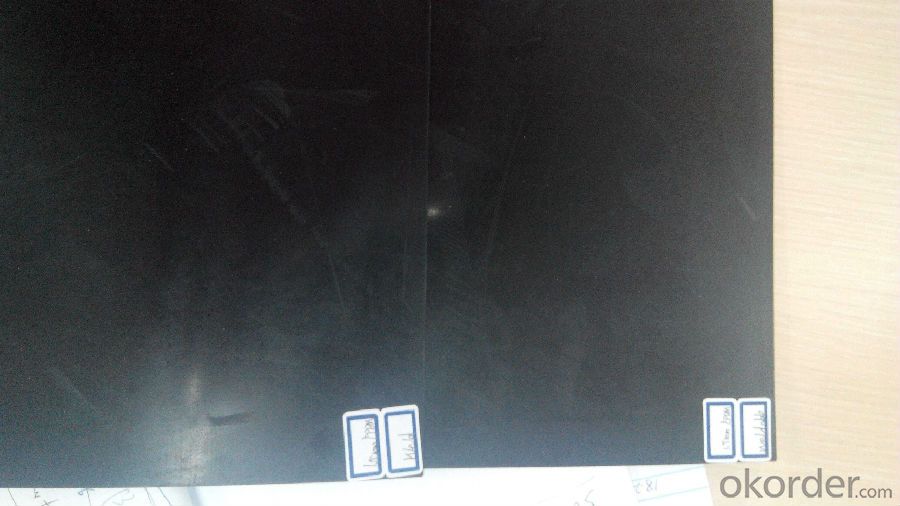


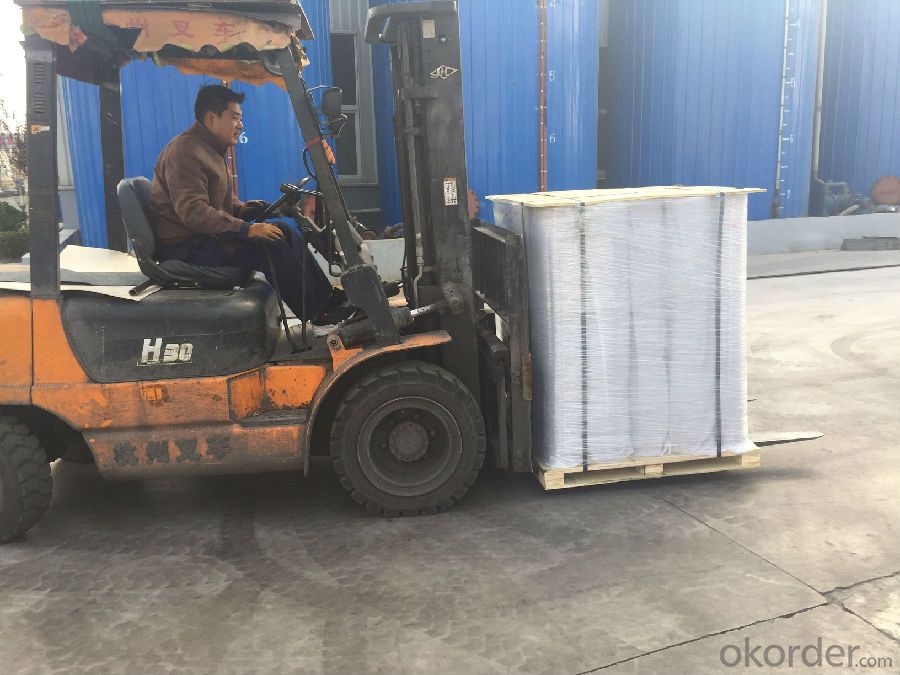
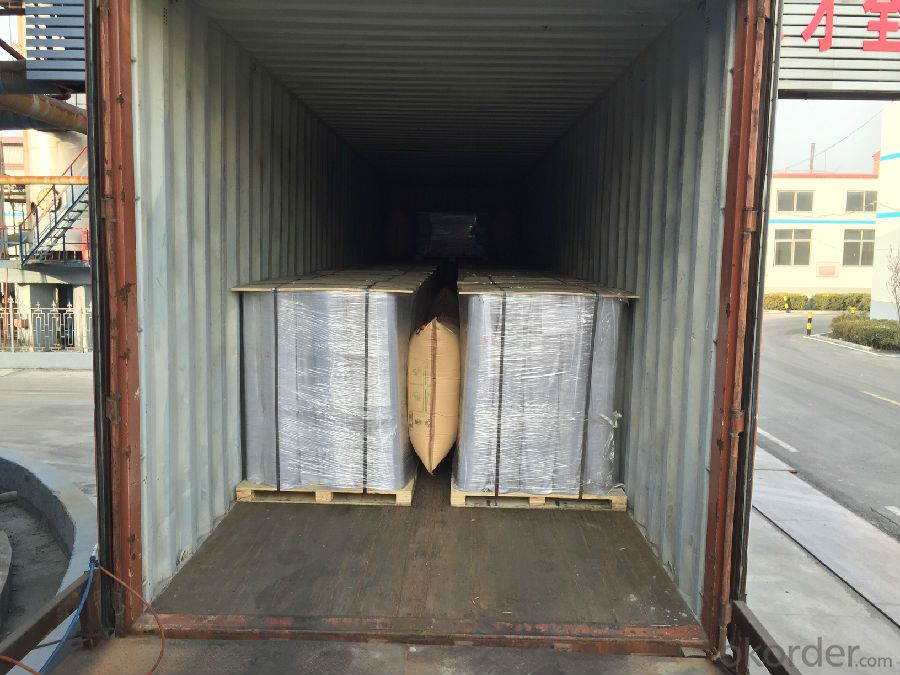
- Q:How can geocells be used in grass paving systems?
- Geocells can be used in grass paving systems by providing a stable and reinforced structure for the grass to grow and thrive. The cellular confinement system of geocells helps distribute the load evenly, preventing soil compaction and erosion. This allows for the creation of aesthetically pleasing grassy areas that can withstand vehicular and pedestrian traffic without damaging the underlying soil or compromising the integrity of the grass.
- Q:What are the benefits of using geotextile tubes for dewatering projects?
- Geotextile tubes offer several benefits for dewatering projects. Firstly, they provide an efficient and cost-effective solution for separating solids from liquids, allowing for the removal of sediment and contaminants from water. Additionally, the tubes are easy to deploy and can be installed in various locations, making them versatile for different project sites. They also have a large capacity for holding solids, reducing the frequency of disposal and increasing overall project efficiency. Moreover, geotextile tubes are environmentally friendly as they promote the natural settling of sediments, minimizing the impact on surrounding ecosystems.
- Q:Can geosynthetics be used for lining wastewater treatment plants?
- Yes, geosynthetics can be used for lining wastewater treatment plants. Geosynthetics, such as geomembranes and geotextiles, provide a cost-effective and efficient solution for containing and controlling wastewater in treatment plants. They offer excellent resistance to chemical and biological degradation, as well as superior durability, flexibility, and impermeability, which are crucial for preventing leakage and protecting the environment. Additionally, geosynthetics help in reducing installation time and maintenance costs, making them a suitable choice for lining wastewater treatment plants.
- Q:Are earthwork products suitable for road construction?
- Yes, earthwork products such as soil, gravel, and rocks are commonly used in road construction. These materials are suitable for building and stabilizing road surfaces, creating embankments, and constructing drainage systems.
- Q:What are the benefits of using geonets in landfill gas collection systems?
- Geonets provide several benefits in landfill gas collection systems. Firstly, they enhance gas flow by providing a pathway for gas migration, improving the overall efficiency of the system. Secondly, geonets help distribute the gas evenly across the landfill area, ensuring maximum gas extraction. Additionally, they prevent clogging and blockages by acting as a filter, allowing gas to pass through while preventing soil and debris from entering the collection system. Overall, geonets are cost-effective, durable, and environmentally-friendly, making them an excellent choice for landfill gas collection systems.
- Q:What are the different methods of sediment control?
- Some of the different methods of sediment control include erosion control measures such as mulching, revegetation, and sediment fences. Additionally, sediment basins, sediment traps, and sediment ponds can be used to capture and settle out sediments. Perimeter controls, such as silt fences and sediment barriers, are also commonly used to prevent the migration of sediments off-site.
- Q:Can geosynthetics be used for lining fish ponds?
- Yes, geosynthetics can be used for lining fish ponds. They are commonly used as liners in various environmental and agricultural applications, including fish ponds. Geosynthetics provide an effective barrier to prevent seepage and leakage, maintaining water levels and quality in the pond. They are durable, flexible, and resistant to degradation, making them suitable for long-term use in fish pond lining.
- Q:How do geosynthetic liners help in preventing contaminant leakage?
- Geosynthetic liners are an effective solution for preventing contaminant leakage due to their impermeable nature. These liners act as a barrier, preventing the migration of pollutants and hazardous substances into the surrounding environment. By creating a sealed containment system, geosynthetic liners ensure that contaminants, such as chemicals, waste, and liquids, are securely contained, reducing the risk of contamination to soil, groundwater, and nearby ecosystems.
- Q:What is the purpose of using geotextiles in groundwater protection projects?
- The purpose of using geotextiles in groundwater protection projects is to provide a barrier that prevents the migration of contaminants or pollutants from reaching the groundwater. Geotextiles act as a filter, allowing water to pass through while trapping harmful substances such as chemicals, sediments, or debris. This helps in maintaining the quality and purity of groundwater, which is crucial for drinking water supplies and ecosystem health.
- Q:Can geosynthetics be used for reinforcement in road construction?
- Yes, geosynthetics can be used for reinforcement in road construction. Geosynthetics, such as geotextiles and geogrids, are commonly used to enhance the stability, strength, and longevity of roads. They help distribute loads, reduce the risk of cracking and rutting, and improve overall pavement performance.
1. Manufacturer Overview |
|
|---|---|
| Location | |
| Year Established | |
| Annual Output Value | |
| Main Markets | |
| Company Certifications | |
2. Manufacturer Certificates |
|
|---|---|
| a) Certification Name | |
| Range | |
| Reference | |
| Validity Period | |
3. Manufacturer Capability |
|
|---|---|
| a)Trade Capacity | |
| Nearest Port | |
| Export Percentage | |
| No.of Employees in Trade Department | |
| Language Spoken: | |
| b)Factory Information | |
| Factory Size: | |
| No. of Production Lines | |
| Contract Manufacturing | |
| Product Price Range | |
Send your message to us
EPDM Waterproof Membrane/EPDM Roof Membrane
- Loading Port:
- Qingdao
- Payment Terms:
- TT or LC
- Min Order Qty:
- 1000 m²
- Supply Capability:
- 500000 m²/month
OKorder Service Pledge
OKorder Financial Service
Similar products
New products
Hot products
Hot Searches
Related keywords
